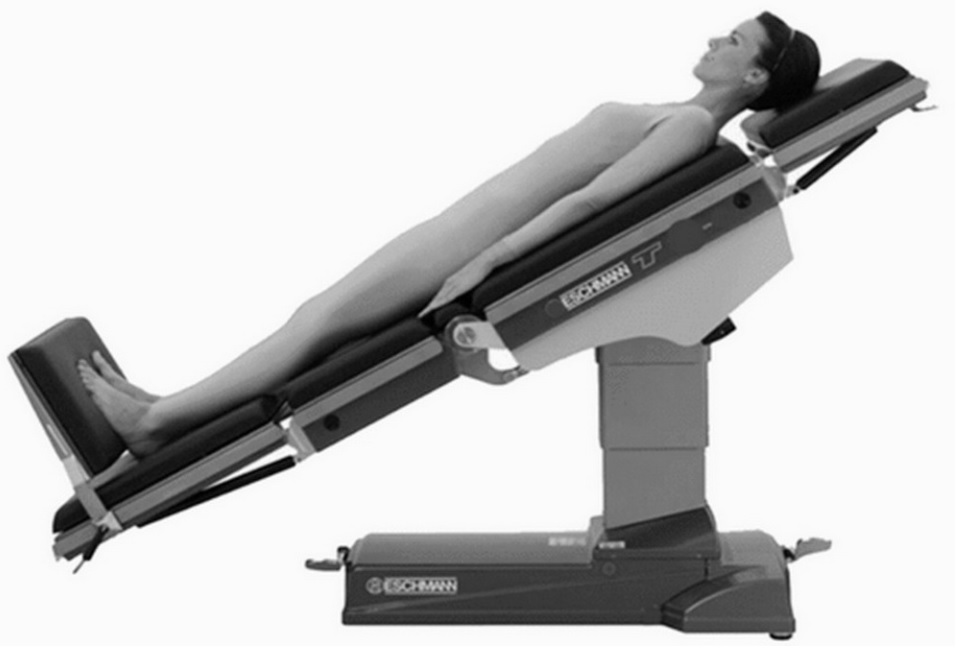
Reverse Trendelenburg position: what it is and when it is recommended
The reverse Trendelenburg position, also called anti-Trendelenburg, is a position applied in healthcare, which in certain cases can facilitate the patient’s condition or reduce complications related to certain diseases
It is opposite to the Trendelenburg position.
THE BEST STRETCHERS ON THE MARKET? THEY ARE AT EMERGENCY EXPO: VISIT THE SPENCER BOOTH
How and when the reverse Trendelenburg position is practised
It is practised in articulated hospital beds and involves tilting the bed at 25-30° so that the head and chest are on a higher plane than the feet (supine patient).
It has benefits on the skull for the counter extension of spinal injuries; it aids the surgical drainage of pleural collections and fistulas.
It is used in operating room patients as needed.
Read Also:
Emergency Live Even More…Live: Download The New Free App Of Your Newspaper For IOS And Android
Trendelenburg (Anti-Shock) Position: What It Is And When It Is Recommended
Stretchers In The UK: Which Are The Most Used?
Does The Recovery Position In First Aid Actually Work?
Basket Stretchers. Increasingly Important, Increasingly Indispensable
Nigeria, Which Are The Most Used Stretchers And Why
First Aid: How To Place The Injured Person In A Safe Position In Case Of An Accident?
Self-Loading Stretcher Cinco Mas: When Spencer Decides To Improve Perfection
Ambulance In Asia: What Are The Most Commonly Used Stretchers In Pakistan?
Stretcher: What Are The Most Used Types In Bangladesh?


